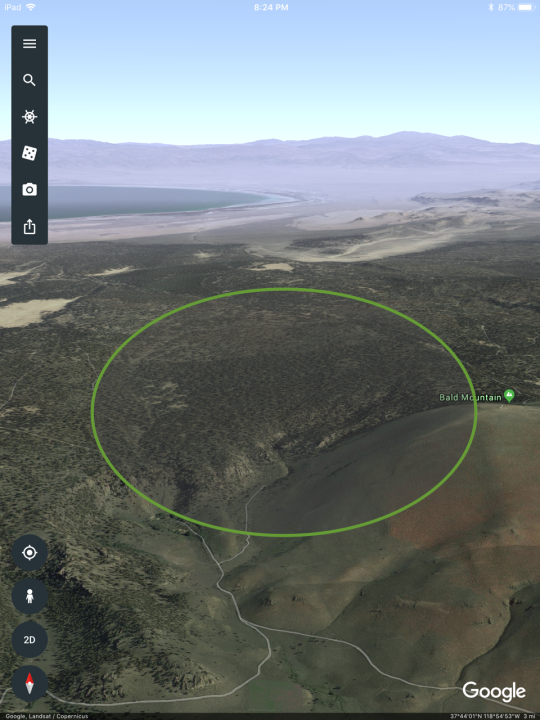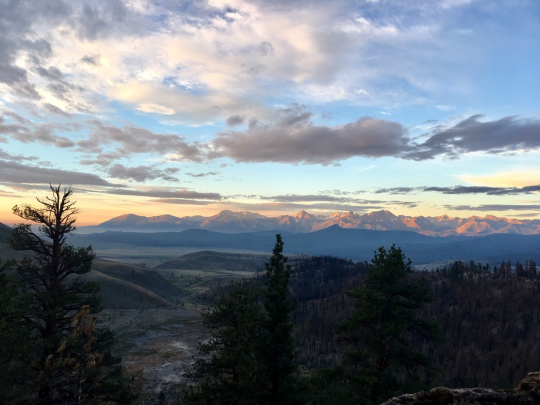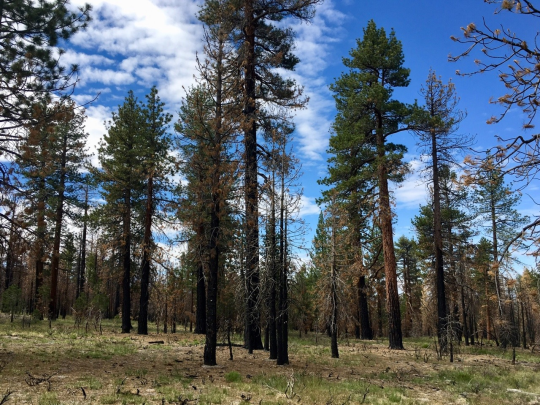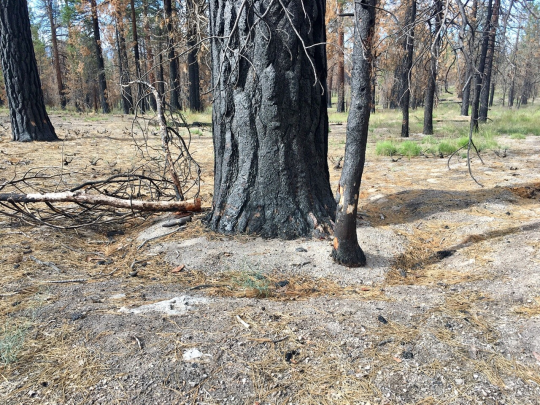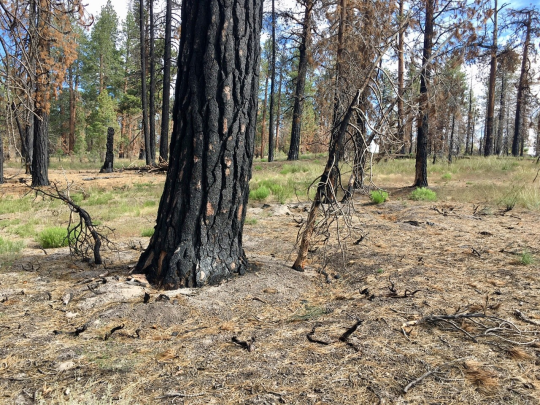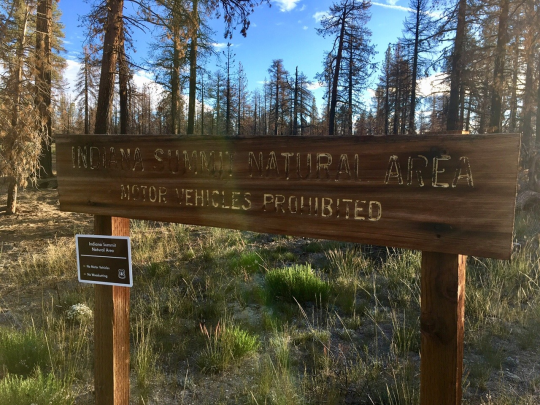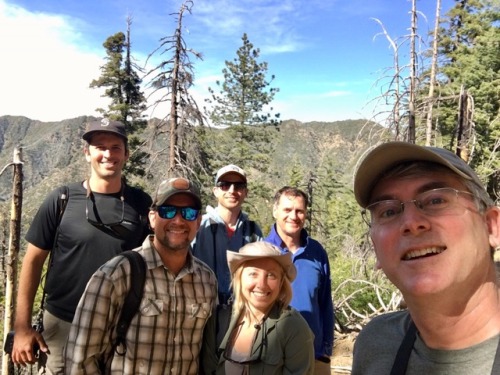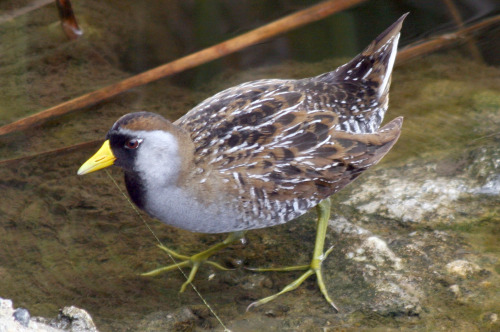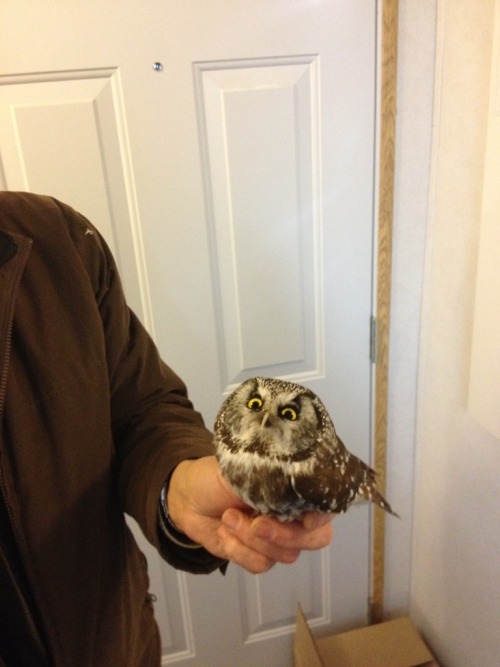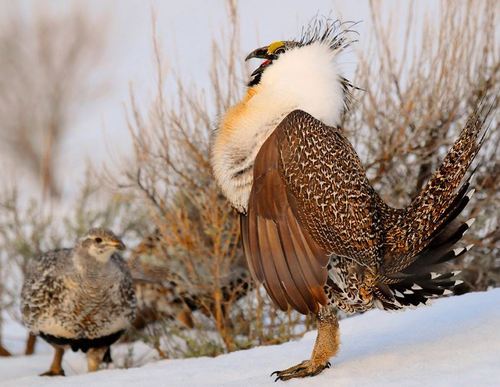Wednesday, March 30th, 2022
hey, @lies–sorry to bug you again with another eBirding question, but…
Heh. I can tell already this answer will get long, so in deference to the dashes of unfortunates who aren’t obsessed with birds, here’s a cut.
Absolutely no need to apologize. A bird question from you is the high point of my day.
You don’t need to report subspecies. I believe eBird asks that if you do report subspecies you do so on the basis of observed (or heard) characteristics that identify the bird’s subspecies, rather than simply doing so based on the location where you saw it. Since the location where you saw it is already recorded as part of the observation they have that already. Rather than separately identifying such birds with an explicit subspecies designation that you didn’t visually confirm, you can just leave them ID’d to the species level, and anyone using your data for research can draw their own conclusions as to subspecies.
If you want to get really persnickety you can put separate entries in your checklist for species, and for separate subspecies of that species, all in the same list. I do that sometimes with yellow-rumped warblers, where both the myrtle and Audubon’s subspecies occur around here. So I’ll sometimes have a list with, like, 5 YRWA, 3 YRWA (Audubon’s), 1 YRWA (Myrtle), where the undifferentiated ones are birds I didn’t see or hear well enough to know which subspecies they were.
I confess I’ve never paid much attention to Steller’s jay subspecies until now. It turns out there are a LOT of subspecies of those. 🙂 North of Mexico they tend to get lumped into two “groups”, the coastal group and the interior group, which eBird offers as possible IDs.
Looking at eBird data, I don’t see records for interior group birds in (most parts of) California; they seem to be reported more inland.
Here are some eBird links:
Coastal group:
Map: https://ebird.org/map/stejay1
Photos: https://search.macaulaylibrary.org/catalog?taxonCode=stejay1&mediaType=p&sort=rating_rank_desc
Interior group:
Map: https://ebird.org/map/stejay2
Photos: https://search.macaulaylibrary.org/catalog?taxonCode=stejay2&mediaType=p&sort=rating_rank_desc
I went back and looked through my own photos of Steller’s jays and had fun putting my newfound interior/coastal group knowledge to the test.
Here’s a coastal group bird I saw at La Cumbre Peak above Santa Barbara:
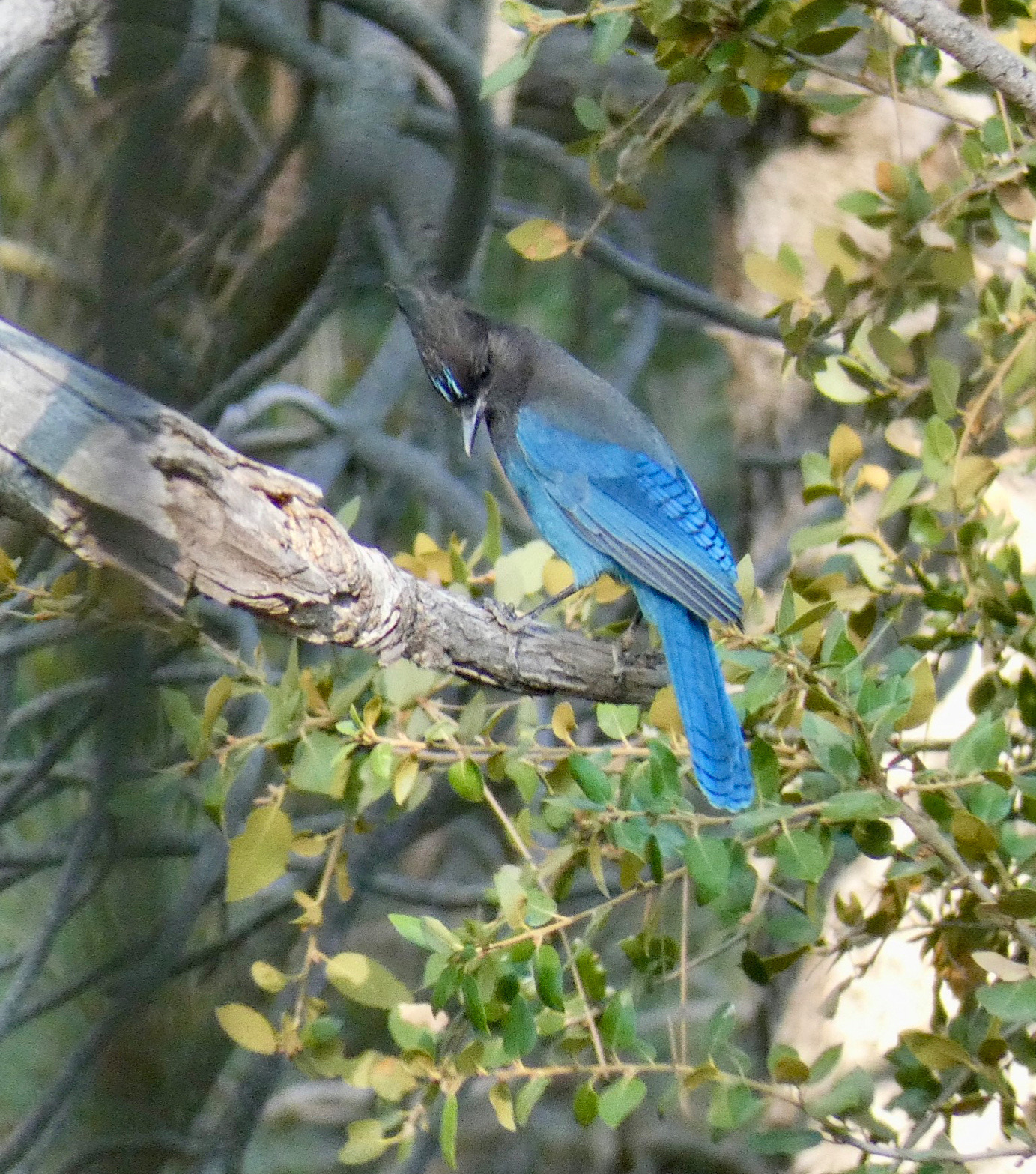
Here’s an interior group bird I saw on Mount Lemmon in Arizona:
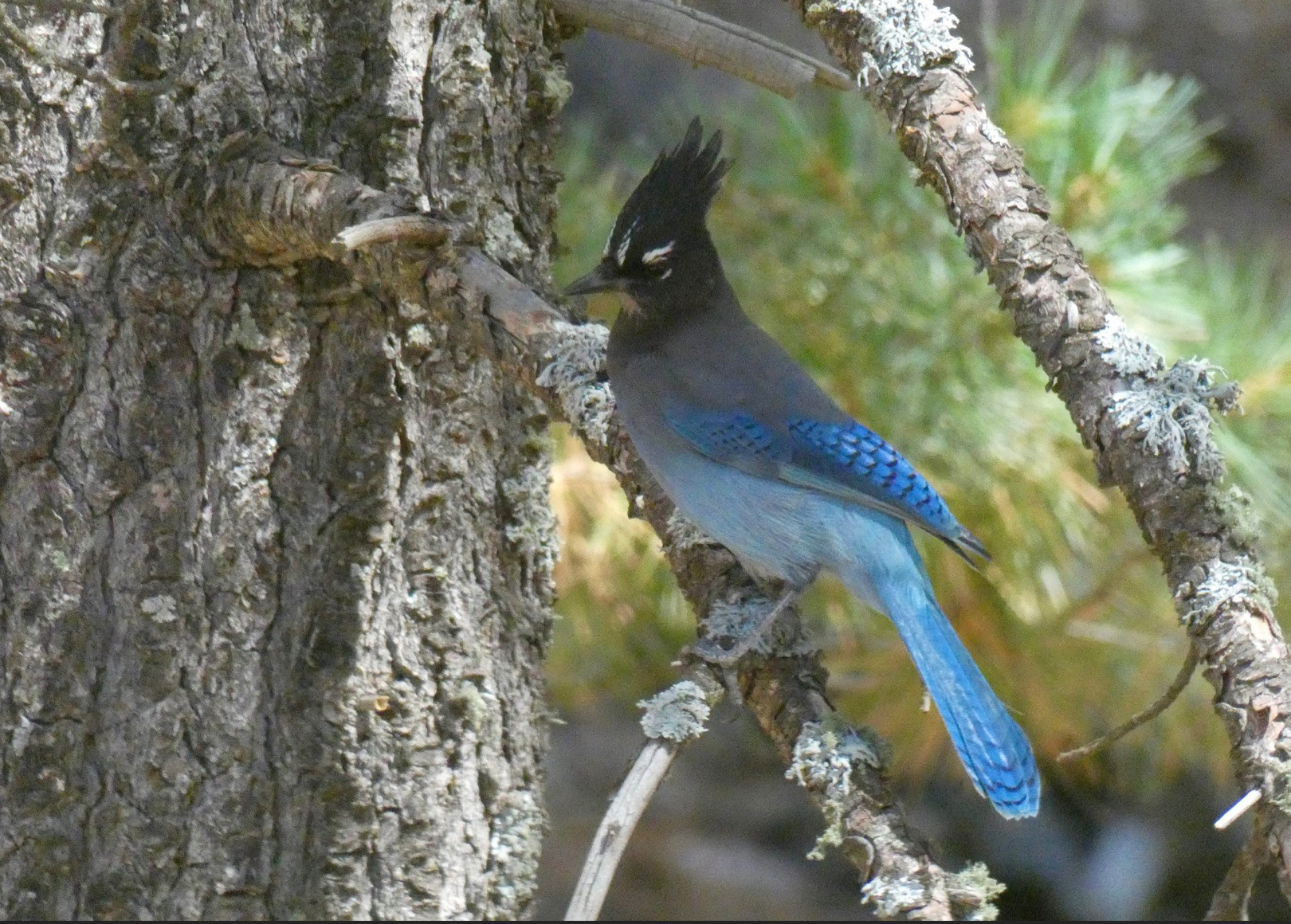
I was curious whether Mammoth Lakes in the Eastern Sierra would have coastal or interior birds. At least for the ones I’ve photographed, all appeared to be coastal group, including this one:

Thanks for the fun question!
Reposted from https://lies.tumblr.com/post/680159662557069312.
